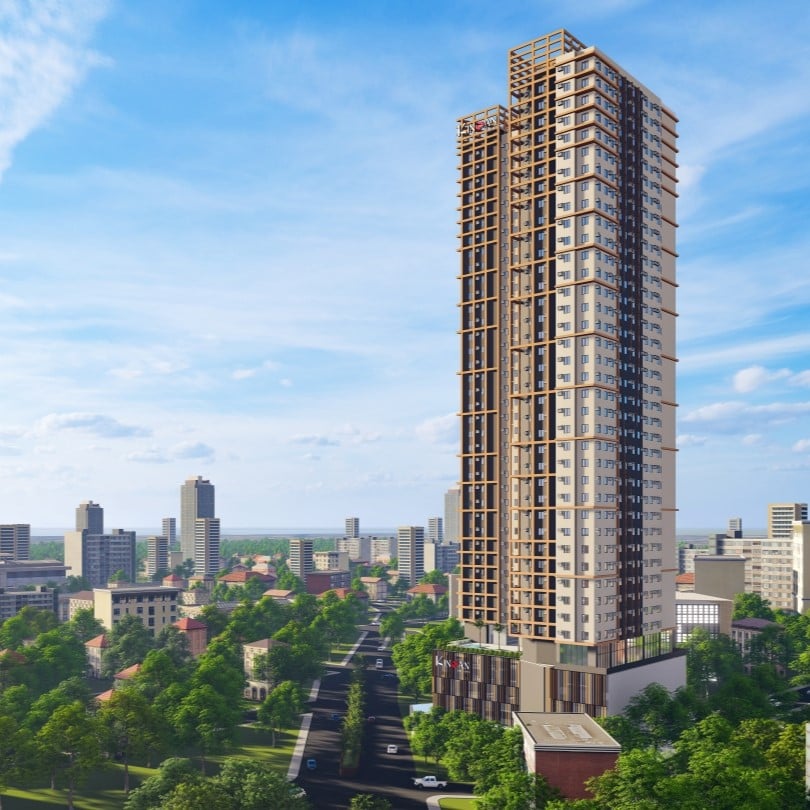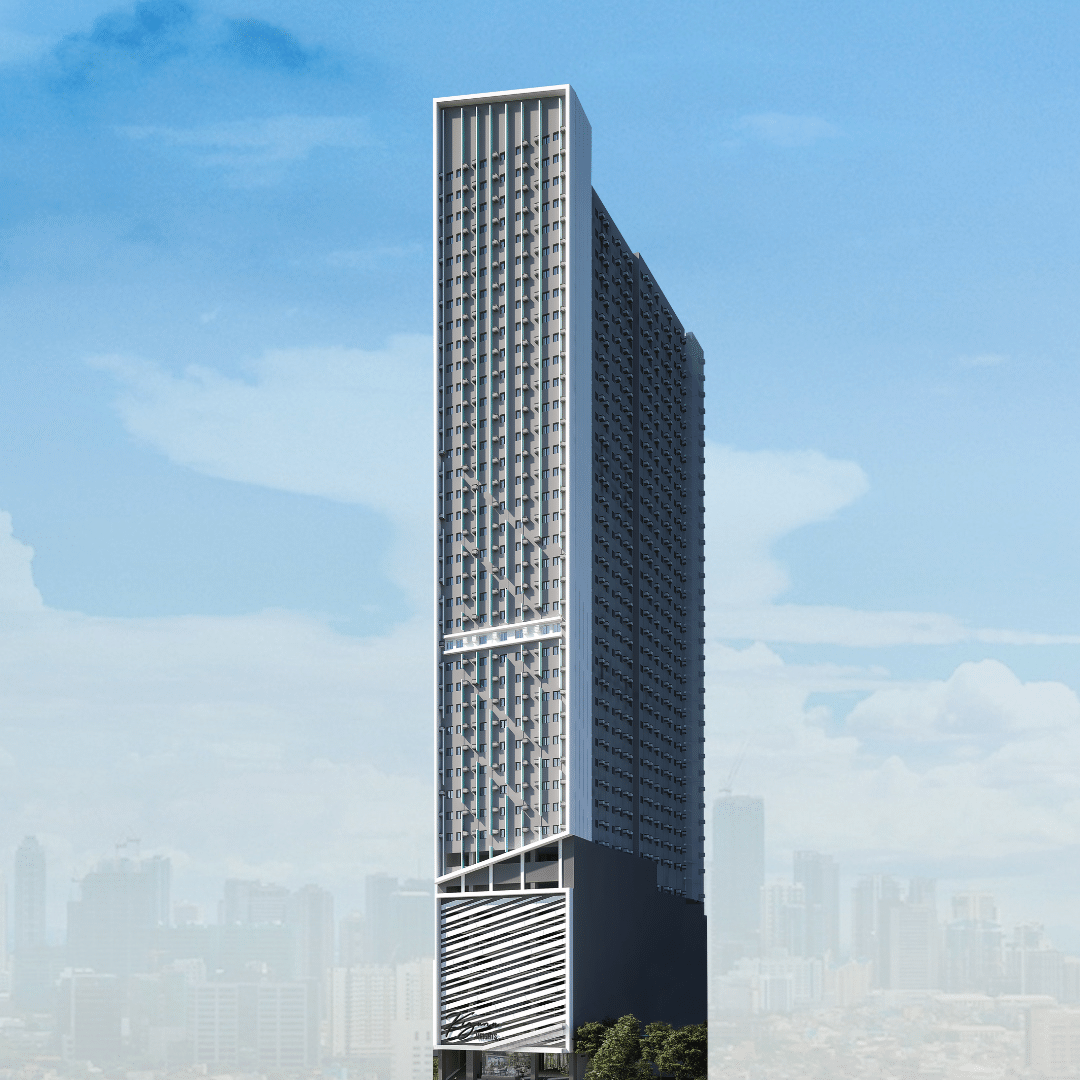History is defined as an academic discipline that analyzes chronological record of events based on a critical examination of primary and secondary sources and usually presenting an explanation of their causes. Of course, these events must have affected an entire country or a massive amount of people.
When studying history, the person, the place, the date, and the actual occurrence is necessary when studying it. What makes it interesting is knowing about real people and their stories from back in the day. From an academic standpoint, people study these events to see what triumphs and mistakes these real people made and what consequences it led to. As a zealous Filipino, one would want to know what events brought pride and prominence to the country.
A secondary effect of history is that time and place become points of reference or bear some kind of significance. For example, Araw ng Kagitingan or Day of Valor is the historical reference when describing Bataan. On April 9, 1942, Bataan was lost and hundreds of soldiers were surrendered to Japanese troops. This led to the infamous Death March.
Many examples can be found around the Philippines. Using Vista Residences condo properties, they are located in places with rich history. One may wonder what each specific location looked like years, decades, or even centuries ago, this article quenches those curiosities with the history of these Vista Residences condominium locations before they were a place for condo living.
Here is a historical background of the different Vista Residences condominium locations.
City of Makati, NCR
Makati City — a highly urbanized first income class city — is the financial center of the Philippines. Many major banks, malls, businesses, and foreign embassies are found in this city. The Philippine Stock Exchange and the Makati Business Club is also located here.
The modern Makati skyline, the elegant cityscape, and the fancy establishments were once considered “worthless” during the Spanish era, back when Makati used to be a large swamp and farm.
Spanish Era
In the 1600s, this swamp became the home of pilgrims where they flock to play in the churches of Our Lady of Guadalupe (now Our Lady of Grace) and Saints Peter and Paul. By 1670, Makati became an independent municipality called San Pedro de Macati.
In 1851, Don José Bonifacio Róxas, an ancestor of the Zóbel de Ayala family, purchased the San Pedro de Macati estate. As time progressed, many businesses were put up in this municipality with investors coming along with them, with the Zóbel de Ayalas leading the way. In February 28, 1914, the Philippine Legislature passed Act 2390 which shortened the municipality’s name to Makati.
Post War
After the war, Makati was quick to recover with the construction of many communities. In the 1950s, Ayala y Compañía (now Ayala Corporation) established Barangays Urdaneta, Forbes Park, and Bel-Air, to name a few. The Philippine Army Headquarters and Fort Bonifacio represented the military community. The Makati Central Business District (Makati CBD) back then was just a few buildings. By 1960, Makati became the prevailing financial and commercial center of the Philippines.
In 1975, Makati was among many municipalities separated from the Rizal Province to form the National Capital Region. On January 2, 1995, President Fidel V. Ramos signed Republic Act No. 7854 to make Makati a city instead of a municipality. This marked Metro Manila’s seventh city.
Marcos Era
Makati also happens to be the setting of many modern historical events, particularly during the presidency of Ferdinand Marcos.
In 1977, a group of anti-Marcos and anti-Martial Law activists suddenly disappeared. Known as the Southern Tagalog Ten, the group of 10 consisted of university professors and students belonging to a southern tagalog network that existed to rebel against the Marcos dictatorship. They were abducted at Makati Medical Center. Out of the 10, only three “surfaced” after being killed by likely secret agents of the administration.
On August 21, 1983, Senator Benigno S. Aquino Jr., more passionately known as Ninoy, was assassinated on the tarmac of Manila International Airport. Aquino had just gotten back from his self-imposed United States exile where he stayed for three years.
This controversy sparked massive outrage; an entire country turned on the Marcos administration. Makati was popularly known for holding protests at the time. A few days after the assassination, thousands flocked to the commercial district of Makati where thousands of protestors, mostly employees, mourned and protested Aquino’s death. This was called the confetti revolution.
Dramatic Shift
Not only was Makati’s “grass to class” shift dramatic, but the events that happened in this city as well. It is truly interesting how all these events led up to what Makati is today, a business and commercial center, a 1st class income city, and home to millions of Filipinos. What was once a swamp turned into beautiful parks, lavish malls, the largest business center, and many housing properties.
On the topic of housing, Vista Residences is included here. Condos for sale in Makati have two locations. Laureano di Trevi Towers by Vista Residences is a three-tower condominium located along Chino Roces Avenue. The second location is Salcedo Square by Vista Residence at the heart of Salcedo Village. It is along L.P. Leviste Street.
Is Makati’s city history or present living situation captivating? If yes, then Vista Residences gives one the opportunity to experience condo living here by availing of Vista’s condo for sale in Makati. Invest now while slots are limited.
Quezon City, NCR
Quezon City is the largest city in Metro Manila in terms of space covered and total population, with an area of 166.2 km2 and a population of around 2 million, respectively.
The city is called the “city of stars” because it is home to two of the Philippines’ top media and entertainment networks, ABS-CBN and GMA-7.
In addition to this, Quezon City can be known for different fields. One, it can be known for sports because it is home to Araneta Coliseum. Two, it can be known for academics because it houses the University of the Philippines and the Ateneo de Manila University, the top two universities in the Philippines. And three, politics since Batasang Pambansa is located here as well.
Of course, the city’s name comes from former president Manual L. Quezon, who planned the city.
Commonwealth Era
In the 1930s, Manila’s urban problems were overwhelming and glaring. Public housing was the biggest issue. With Manila being overcrowded, many congested squatters’ areas were formed which led to other problems like traffic and sanitation. To rectify this, President Quezon dreamed of a city away from Manila Bay to provide more housing for his people.
To begin, they acquired Diliman Estate from the Tuason family. Lots were then subdivided and sold to the Manila working class, Quezon’s target market. The relocation of UP Manila to Diliman was one of the precedents in making Quezon City officially recognized as a city. On October 12, 1939, Commonwealth Act No. 502 (otherwise known as the Charter of Quezon City) was passed by the National Assembly, allowing the creation of Quezon City.
Japanese Occupation
When the Japanese invaded the Philippines, Quezon formed the City of Greater Manila as an emergency measure, combining the city of Manila and Quezon City with other towns and municipalities. When the Japanese occupied the Philippines in 1942, the Japanese Authority divided the whole City of Greater Manila into districts; one way was dividing Quezon City into two: Balintawak and Diliman. However, in 1945, the Philippine and American troops recaptured Quezon City and expelled the Japanese forces. The fight switched back to Manila. Towards the end of the war, President Sergio Osmeña dissolved the City of Greater Manila, which included making Quezon City one whole again.
After the war, on July 17, 1948, President Elpidio Quirino signed Republic Act No. 333 into law, making Quezon City the capital of the Philippines.
Early Marcos Era
On November 7, 1975, President Marcos enacted the Presidential Decree No. 824, creating the region of Metro Manila. The City of Greater Manila created by President Quezon served as the inspiration.
Then a year later, on June 24, 1976, Marcos shifted the capital back to Manila for its historical significance.
When the government began losing its approval with the people, Quezon City became a hotspot for anti-government movements. Perhaps the First Quarter Storm could be one of the more known events. The FQS was a period of civil unrest against the Marcos administration from January to March (hence the name First Quarter Storm). A protest that happened within this period in Quezon City was “The People’s March” which started at Welcome Rotonda in QC before ending at Plaza Lawton. This was an anti-police protest who were receiving bribes.
During the people power revolution, thousands flocked to EDSA between Camp Aguinaldo and Camp Crame, both in QC. The movement, led by Corazon Aquino and Cardinal Sin, featured a series of popular protests and civil resistance against Marcos which ultimately coerced him into fleeing the country.
Commemoration of such a remarkable event concluded in building shrines like the People Power Monument and the Bantayog ng mga Bayani, both in QC, in commemoration of the revolution and the people who struggled during the dictatorship, respectively.
QC Housing
As aforementioned, Quezon City is known for many fields. With that, housing in this city is high in demand, just like when Quezon was the President of the Philippines. And Vista Residences can improve housing within this city through a condo for sale in Quezon City.
Want to live in Quezon City for education? Then a condo in Katipunan is perfect. Vista Residences has two preselling condos in Quezon City, both in Katipunan — the ideal condo living situation for Katipunan-based students.
Since it is a preselling condo, prices are still down but slots are still available.
In a rush to move in already? Well, ready for occupancy condos are available all around different districts in Quezon City. It’s easy — just move in and bring your condo design to experience Quezon City condo living to one’s preferences.
City of Baguio, CAR
Baguio is a highly urbanized city located all the way up north at the Cordillera Administrative Region.
Dubbed the “summer capital of the Philippines”, the city is approximately 4,810 feet (1,470 meters) above mean sea level which leads to cool breeze and climate. This weather is conducive for the growth of mossy plants, orchids and pine trees — the basis of Baguio’s other moniker: “City of Pines”
Baguio is derived from the Ibaloi word bagiw which meant moss, the aquatic plant.
American Period
Records from the Spanish Colonial Period show some history of Baguio during that time, but it was not until the arrival of the Americans that Baguio really developed into a true city. When the Americans occupied the Philippine islands after the Spanish-American War, Governor-General William H. Taft chose Baguio as the summer capital, comparing the climate to the Adirondack Mountains in upstate New York.
To begin development, American Governor Luke E. Wright commissioned Architect Daniel H. Burnham to design a health resort where American soldiers and employees can rest from the hot Filipino weather. Known as the Burnham Plan, the construction greatly altered the original mountain settlement and provided the first physical framework plan for the City. This rapid physical development is very noticeable even up to today. Even the names above still exist, with establishments named after them (ex. Wright Park and Burnham Park).
World War II
Baguio’s Camp John Hay was one of the first bases bombed by the Japanese as part of their Luzon air raid. They then used the camp as their base.
It was not until near the climax of the war when the Americans and Filipinos campaigned to recapture Baguio. In April 1945, the US Battalion moved in to liberate Baguio, in which they succeeded. One of the final scenes of World War II in the Philippines was the surrender of the Japanese Imperial Forces in Baguio.
Condo Summer
With the Philippines getting hotter year after year, it would make sense to spend time in Baguio to avoid the sweltering heat. A great way to get a summer home there is to buy a condo in Baguio and try condo living in the summer while there.
As of now, Vista Residences has three preselling condos in Baguio, so invest now while slots are available and prices are low.
To spend summer here, a well-spent vacation would be a calming condo design complimented by a forest scenery easily viewed through one’s condo in Baguio. Condo living here would be best for anyone looking to escape the heat.
Vista Residences is the condominium arm of the country’s largest homebuilder, Vista Land & Lifescapes, Inc., which offers ready for occupancy and pre-selling condominium projects in Manila and Quezon City that are strategically located within inner-city areas, in close proximity to premium universities and developed business districts. Vista Residences provides a website to cater to the needs of the clients and potential investors.
To continue its mission in providing condominium homes for Filipinos and investors, Vista Residences is now offering a premium condo living in the other areas away from Metro Manila. You can experience a warm and relax condo vibe in its condo in Baguio – Pinehill, Canyon Hill, and Brenthill. Now in the south, Vista Residences has Suarez Residences, a pre selling condo in Cebu; and The Loop, a ready for occupancy condo in Cagayan De Oro.
At Vista Residences, unit owners can take advantage of the property’s centrality. The properties of Vista Residences are strategically located near the country’s premium universities and CBDs, making them an attractive investment for both local and foreign investors and enables all tenants to pursue their hobbies and dream careers.
Vista Residences has ready for occupancy condo projects in Manila such as Vista Taft, Vista Heights, Vista GL Taft, 878 Espana, and Crown Tower University Belt. It also has pre selling projects in the said area which include Vista Recto, Plumeria Heights, Tennyson Heights, Bradbury Heights, Sky Arts Manila, and Kizuna Heights.
Meanwhile, its ready for occupancy projects in Quezon City include Wil Tower, the Symphony Towers, Pine Crest, and Vista 309 Katipunan. It also has pre selling condo projects in the said city such as Hawthorne Heights and Vista Pointe.
Living in Vista Residences enables you to enjoy convenience, where everything is pretty much within walking distance or a few minutes away from the property; comfort because the project features and amenities are designed to deliver comfort at all times, which makes condo living a worthy investment; security that is 24/7 and CCTV monitoring, which makes the residents safe and secure within the property.
In line with Vista Residences’ thrust to offer convenience among its residents, it also features an AllDay Convenience Store and Coffee Project in all its projects.
Vista Residences is part of Vista Land’s roster of vertical housing brands that cater to millennials and young professionals. The other vertical brands include Camella Manors, COHO, and Crown Asia.
For more information on Vista Residences, email [email protected], follow @VistaResidencesOfficial on Facebook, Twitter, Instagram, and YouTube, or call the Marketing Office at 0999 886 4262 / 0917 582 5167.










